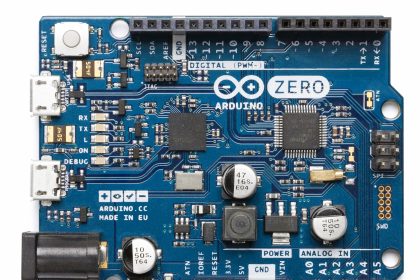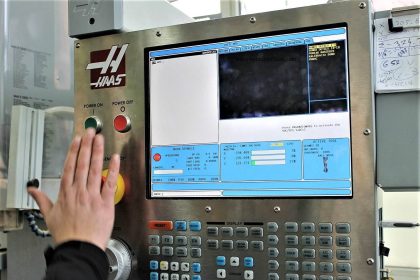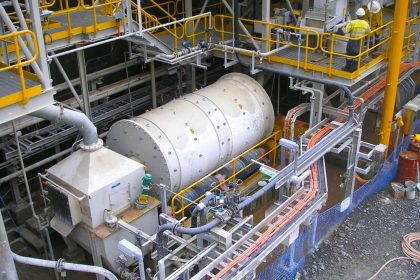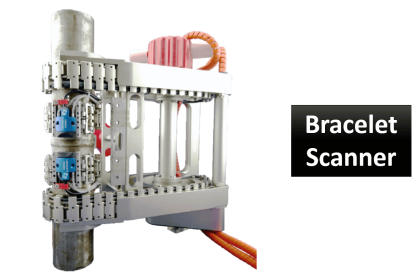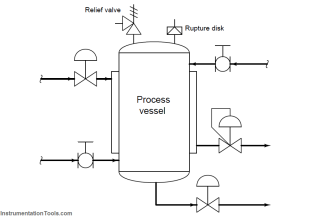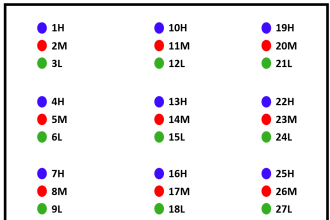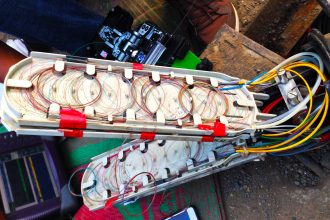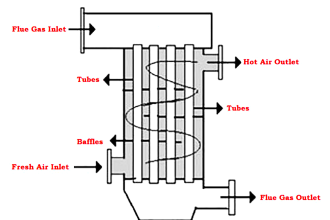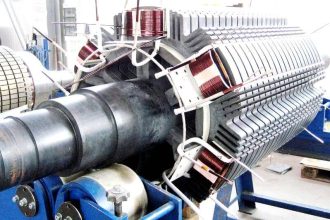In this article, we learn about the applications of robots in various fields in today’s world. Robots are well popular nowadays and it makes some human work easier and simple, below described were some of the important areas where robots are used.
Applications of Robots
Robots are best suited and very famous nowadays to work in every environment and on tasks that humans are not able to do.
Robots have already been used in many industries and for many purposes. They are mainly preferred when they can perform better than humans or at lower costs. Robots don’t need any special protective devices in their work environment.
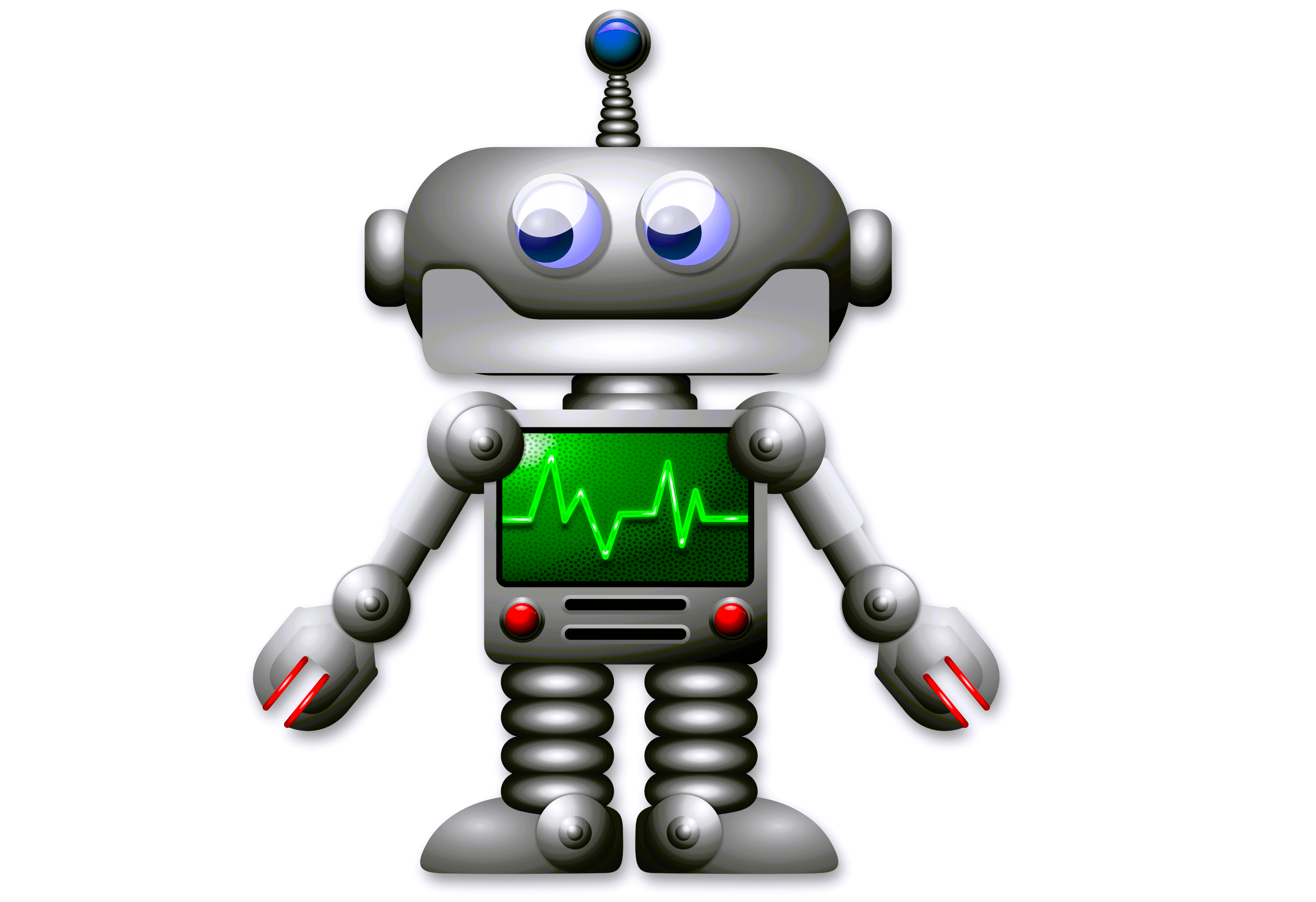
For example, a welding robot can probably weld better than a human welder because it can move more uniformly and consistently. They do not require any Personal Protective Equipment like humans for their work as mentioned earlier. Because of all of these important factors robots are used in many industrial applications today.
The following is a list of some robotic applications in today’s world.
Machine Loading Applications
In Machine loading applications where robots will supply other machines with parts, or remove the processed parts from another machine.
In this type of work, the robot may not perform any operation on the part other than that it supports material and parts handling and loading other machines within the context of a task.
Pick and Place Operations
In this operation, the robot picks up parts and places them in a required operation. This may include palletizing, placement of components, simple assembly operations, placing and removing a part in an oven, and so on.
The main advantage of these operations is robots can continuously do the work without any deviation and can lift more weight and are able to heat & hazardous environments which was very useful for many industries in today’s world.
Welding
In welding where the robot, along with proper set-ups and a welding end-effector, is used to weld parts together. This is one of the most common applications of robots in the automobile industry.
Due to their consistent movements, robotic welds are very uniform and too accurate. Welding robots are usually large and powerful.
Painting
Painting is another very common application of robots, especially in the automobile and manufacturing industry. Maintaining a ventilated but clean room suitable for humans is difficult to achieve.
Compared to humans, robotic operations are more consistent, painting robots are very well-suited for their job. By using the robots we can achieve even coating to all over the body and able to achieve clear finishing.
Inspection
Inspection of parts, circuit boards, and other similar products is also a very common application of robots. In general, robots are one component of an inspection system that may include a vision system, an x-ray device, and an ultrasonic detector.
In one application, a robot equipped with an ultrasonic crack detector was given the CAD data with it, robot will inspect the object with reference CAD data with help of the detector and shows us the result.
Machine vision and image processing will inspect any crack or fatigue in a part and give the intimation to change with the desired part. Robots have also been extensively used for circuit boards and chip inspection.
In most applications like part identification, circuit diagram of a board, and nameplate of parts are stored in the system in a data library.
The system uses this information to match the part with stored data. Based on the result of the inspection further proceedings of the part will carry out, and it may accept or rejected.
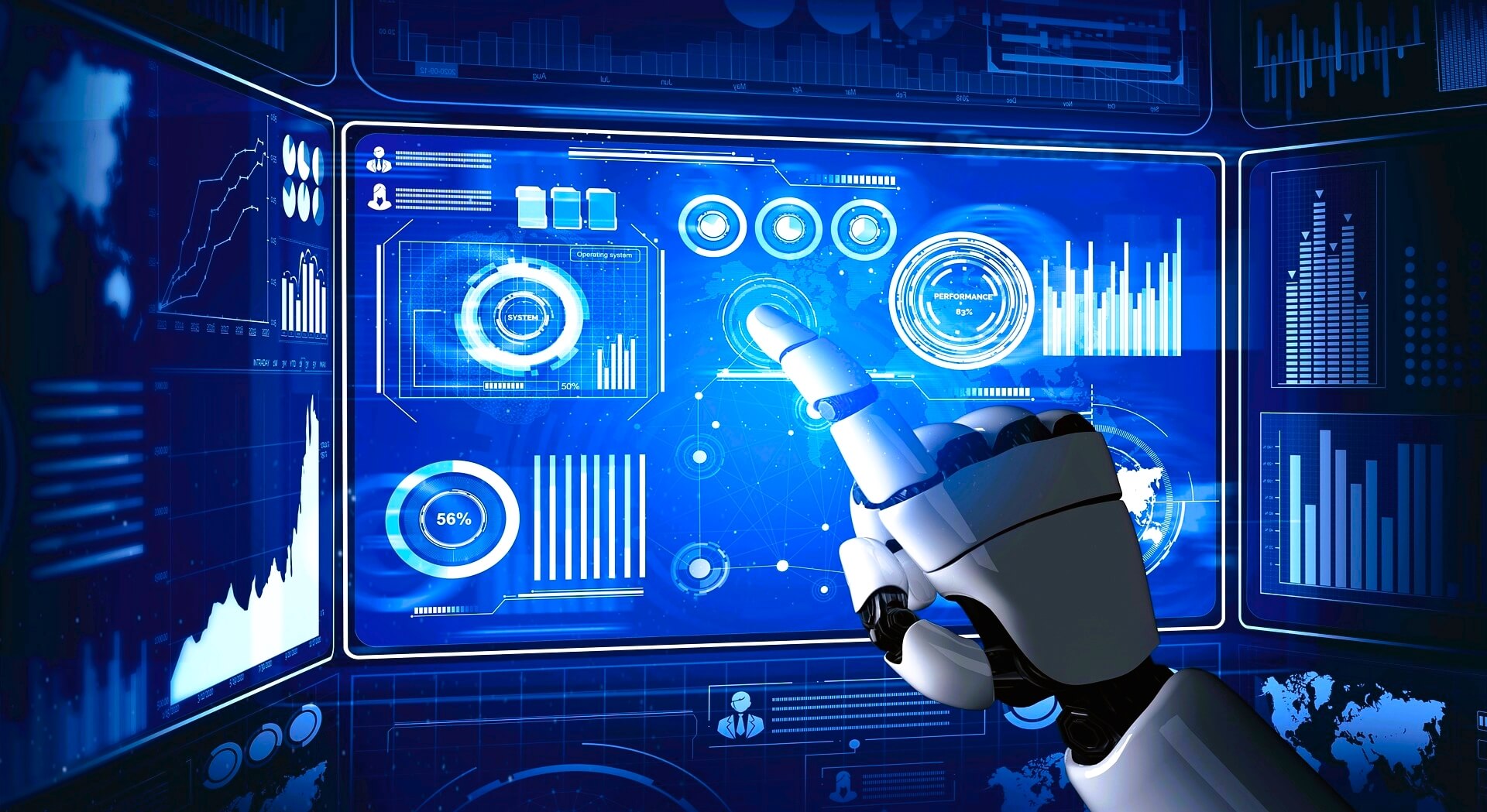
Assembly Tasks
Assembly tasks include many operations, the parts may be located and identified, they must be carried in a particular order for the setup, and they must be fit together and assembled.
Many of the fitting and assembling tasks are complicated and require more operations like turning, bending, pressing, etc. These processes were too complicated for a single person to do and so the correct setting and programming in a robot will make the work easier and completed with the proper accuracy in a fit.
Manufacturing
Robots in a manufacturing field may do the process of material handling and removal, drilling, de-burring, cutting, and so on.
It also includes the insertion of parts such as electronic components into circuit boards, installation of boards into electronic operations, fixing the body parts in automobiles, and other similar operations.
Insertion robots are very common and are extensively used in the electronic industry.
Medical Applications
Medical is the field where robots will evolve in the future. Many processes in surgery will be done by robots, mainly the medical field needs nano-bot.
Nanobots are commonly very minute robots that will be inserted into the human body for detecting problems in tissues and blood cells. Scientists are developing a nano-bot that will destroy the cancer cells in the human body. This will reduce cancer disease in the world by nearly 40%.
These robots can use in joint replacement operations for cutting the head of the bone, drilling a hole in bone’s body, and reaming the hole for precise dimensions. These medical bots are mainly semi-automatic where some operations in the robot may be carried out by doctors (humans).
Assisting Disabled Individuals
Today robots were used for helping disabled people in their daily lives. For example, a small tabletop robot was programmed to communicate with disabled people and perform simple tasks such as serving food, and doing some personal help.
And for blind people, some robots were designed to guide them while walking by using certain sensors and voice commands.
Hazardous Environment
In Hazardous environments, humans were finding it difficult to work. Because of the inherent environment humans must be well-protected.
However, robots can access, transverse, maintain and explore these areas without the same level of concern. Though humans may work with proper safety equipment in those environments but it will affect their health in the future.
The evolution of robots makes work in hazardous environments easier. A hazardous environment like coal-mine, underground, firefighting areas, high cold areas.
Robots were designed specifically for the environment to withstand the climatic conditions, and work environment. These robots can work in poisonous gas areas and also for specific work like maintenance and fault detection.
Other Applications
Other than the above-mentioned topics, there are some robots that are used in various applications in day-to-day life.
Roomba, is a robot vacuum cleaner commercial purpose one that autonomously and randomly moves throughout an area and vacuums the dust. All its intelligence is based on a few simple rules: randomly move around, check for any dust and clean that. It was programmed with obstacle avoidance, man & material detection, dust collection, and so on for doing its regular activities.
ASIMO is a humanoid robot that has humanlike features and behavior. ASIMO walks, runs, reacts to your command, and automates some work with its intelligence. This robot mainly does household work, it can dance and entertain people and communicate with humans, and performs some work.
A number of different robots have also been designed and used for emergency services during natural and human-caused disasters. These robots are equipped with special sensors and are capable of looking for live humans and animals buried under rubble and reporting their location to rescuers. Similar robots are used for diffusing bombs and other explosive devices.
A robotic vehicle developed by Defence Advanced Research Projects Agency (DARPA) that could autonomously navigate a 60-mile course in a simulated city in less than 6 hours. This vehicle uses GPS navigation, sophisticated vision systems, and an automatic control algorithm that provides the ability to navigate and avoid collisions. This vehicle was used to direct the military logistics vehicle without the help of humans.
Animatronics refers to the design and development of systems used in animated robotic figures and machines that look and behave like humans and animals. Examples include animatronic lips, eyes, and hands. As more sophisticated animatronic components become available, the action figure they replace become increasingly real.

